Dassault Systèmes provides businesses and people with virtual universes. Through these universes, sustainable innovations are tangible; our users can harmonize product, nature, and life. One crucial element in this is simulating the appearance of products before production. Stakeholders evaluate, improve, and market the appeal of new products well in advance of manufacturing them. By creating the highest quality visual simulations, rendered images and videos are effectively produced with Stellar Physically Correct, the Dassault Systèmes Global Illumination renderer.
Fundamentally, Stellar Physically Correct addresses two types of scenarios, encompassing different requirements:
- In interactive modeling and review scenarios, users aim for reliable rendering results that are as interactive as possible. For instance, a surface designer must constantly check the model’s surface appeal – and instant feedback is crucial. Similarly, in management reviews, which often occur on high-resolution displays, reliably generated images are required in real-time, with interactivity. Interactive feedback of renderings is often prioritized over visual optimization since final images are typically not immediately required.
- In other cases, multiple high-fidelity images or videos are required and produced as quickly as possible. Examples are standardized, routine investigations, like specifically rendered views of products in active development, pre-configured images and camera flights, or batches of images illustrating product variants. These batch rendering scenarios aim at optimizing the throughput of the system. The time between submitting a render job and receiving the rendered image is less important. In these scenarios, users rarely review intermediate render results.
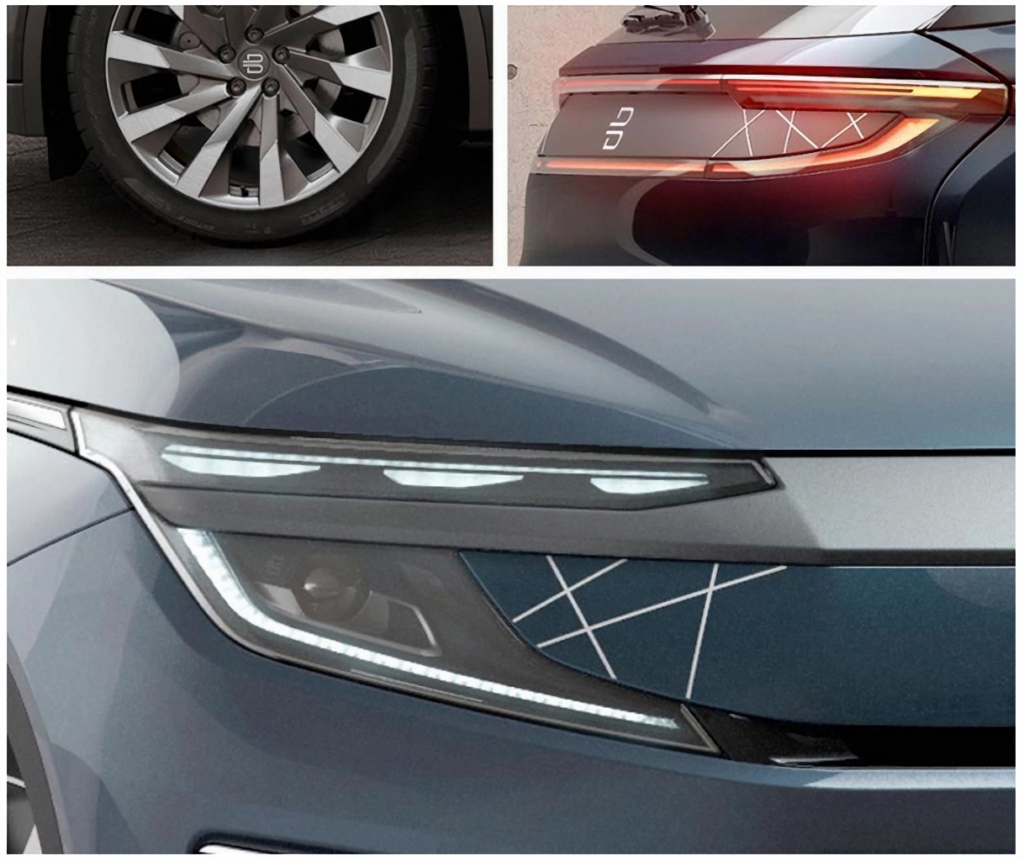
To address the need for highly realistic and reliable rendering in both situations, Stellar Physically Correct implements rendering based on path tracing – potentially combined with light tracing and caustic photons. Path Tracers simulate the interaction of light and matter by tracing a significant number of light rays through a virtual scene. This process considers the geometric light reflection of surfaces and the scattering of light through geometric volumes. Solving for these simulations requires a combination of carefully chosen rendering algorithms and hardware-accelerated software libraries which run on high-performance devices like GPUs or multi-core CPUs. Computations are either executed locally or remotely, on a single machine, or if more computing power is necessary – a cluster of computers.
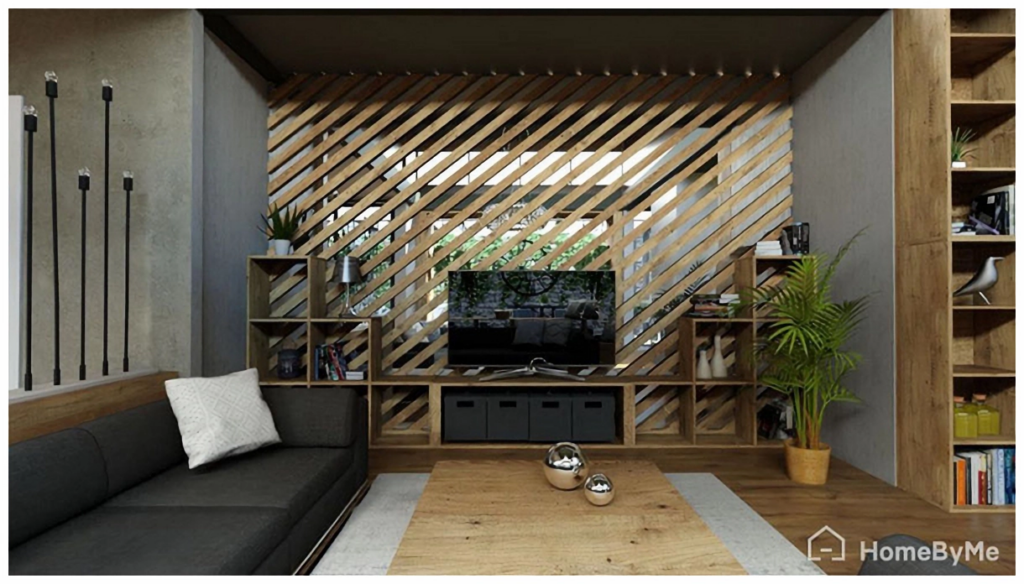
For optimal rendering performance, Stellar Physically Correct builds on a strong foundation. It includes performance-optimized software libraries offered by leading hardware suppliers and Dassault Systèmes partners, to boost performance on each system.
CPU Rendering
Leveraging optimized performance, of state-of-the-art CPUs, Stellar Physically Correct utilizes several Intel® oneAPI Rendering technologies:
- Intel® Threading Building Blocks employ multi-threading to use the multiple CPU cores embedded in modern CPUs. It is one decisive factor for scaling efficiently on today’s multi-core CPUs – which offer more than 100 cores on a single socket.
- Intel® Embree is one of the critical components of accelerating path tracing (computing intersections of rays and surfaces). Functioning as a hardware-optimized ray-triangle intersection library from Intel, it allows Stellar Physically Correct to achieve optimal ray tracing performance across all the different generations of CPUs. Specifically, those from Intel and AMD, with their varying instruction sets, cache sizes, core counts, and clock frequencies.
- Intel® Open Image Denoise, drastically reduces the effort to compute noise-free images. This Deep Learning AI Denoiser from Intel allows the acceleration of rendering times by large factors if unbiased rendering accuracy is not imperative.

These libraries make rendering performance on CPUs and CPU clusters very competitive when combined with precise rendering algorithms. Tests in HPC (High Performance Computing) centers, and by customers, show excellent scalability of Stellar Physically Correct. Notably, CPU clusters with more than 100 nodes, or equivalently, thousands of CPU cores, benefit from interactive and batch rendering.
More details about CPU rendering capabilities and performance of Stellar Physically Correct are available in these talks by Jan Meseth, R&D Technology Stellar Physically Correct Director.
- Achieving better GI rendering productivity with Intel® oneAPI Rendering Toolkit & Stellar Physically Correct
- Boosting Cloud Global Illumination Rendering
GPU Rendering
Stellar Physically Correct also runs on vastly parallel NVIDIA GPUs, outperforming the CPU rendering speed in many cases. This efficiency is based on utilizing various libraries provided by the hardware vendor:
- NVIDIA CUDA for high performance execution of general-purpose code like material shading on GPUs,
- NVIDIA OptiX for hardware-optimized ray-triangle intersections, to achieve optimal ray tracing performance on the different NVIDIA GPUs. NVIDIA OptiX is also used for high performance and high quality denoising of noisy image.
Building on a long-term partnership with NVIDIA, Stellar Physically Correct leverages the performance improvements coming from new GPU generations, it also taking advantage of the latest RTX innovations. As a result, for the last years, every new generation of GPUs has provided a leap of performance, roughly doubling the performance compared to the previous generation.
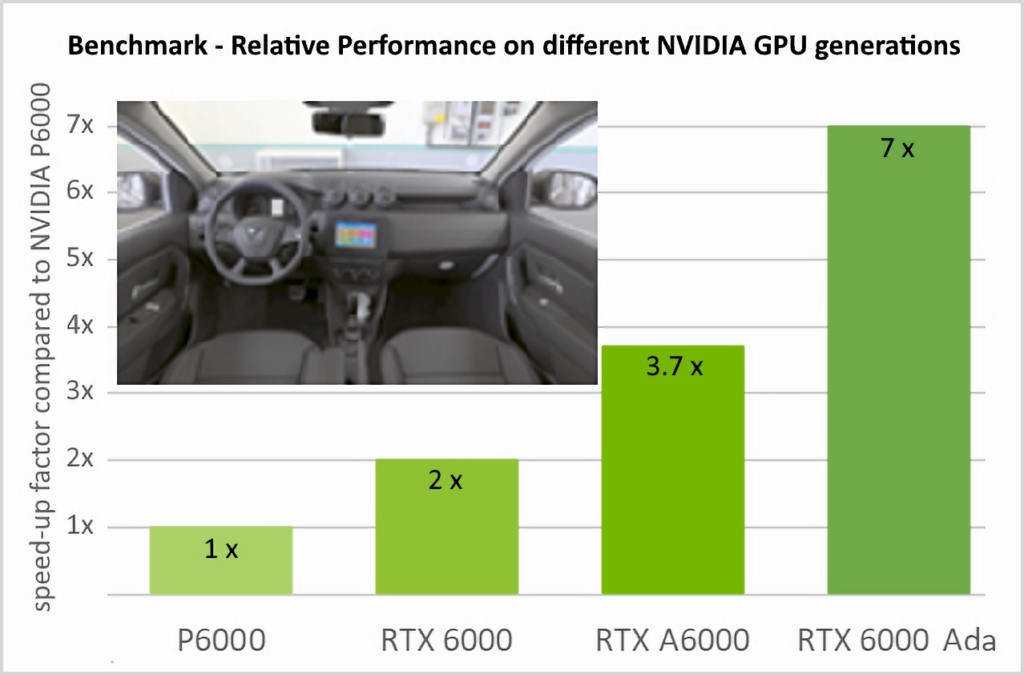
Additionally, Stellar Physically Correct users can leverage multiple GPUs hosted in a single system, or combine the compute power of multiple machines equipped with GPUs. This further reduces production time for creating complex images, whether they are high quality, batch rendered images or interactive globally illuminated renders for design reviews, or images for previewing final frame quality.
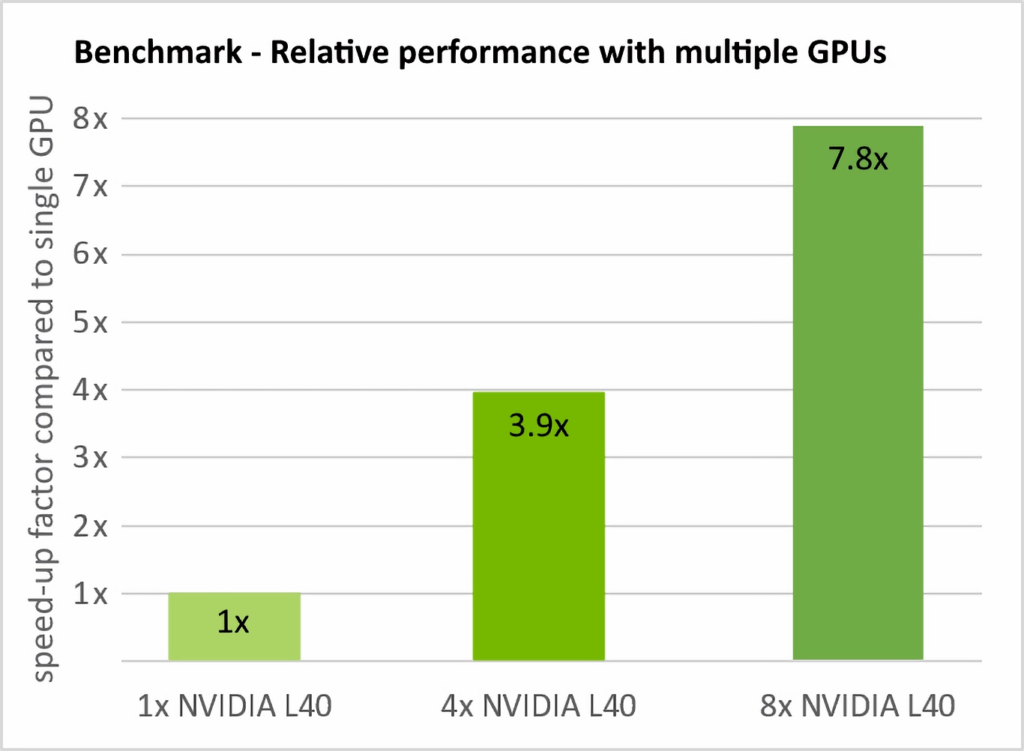
NVIDIA professional graphics solutions are certified and recommended by Dassault Systèmes (Dassault Systèmes certified workstations, Dassault Systèmes Certified Configurations for VDI). Close collaboration between Dassault Systèmes and NVIDIA during product development guarantees the stability and reliability you expect from day one.
More information about using Stellar Physically Correct on GPUs can be found in the following talks and presentations:
- RTX-accelerated Stellar GPU GI – Behind the Scenes of the SIGGRAPH 2019 Demo of the 3DS Global Illumination Renderer
- How Renault challenges Physical Mockups by distributing rendering on 4000 GPUs
- Powering Dassault Systèmes CATIA Live Rendering With NVIDIA GPUs
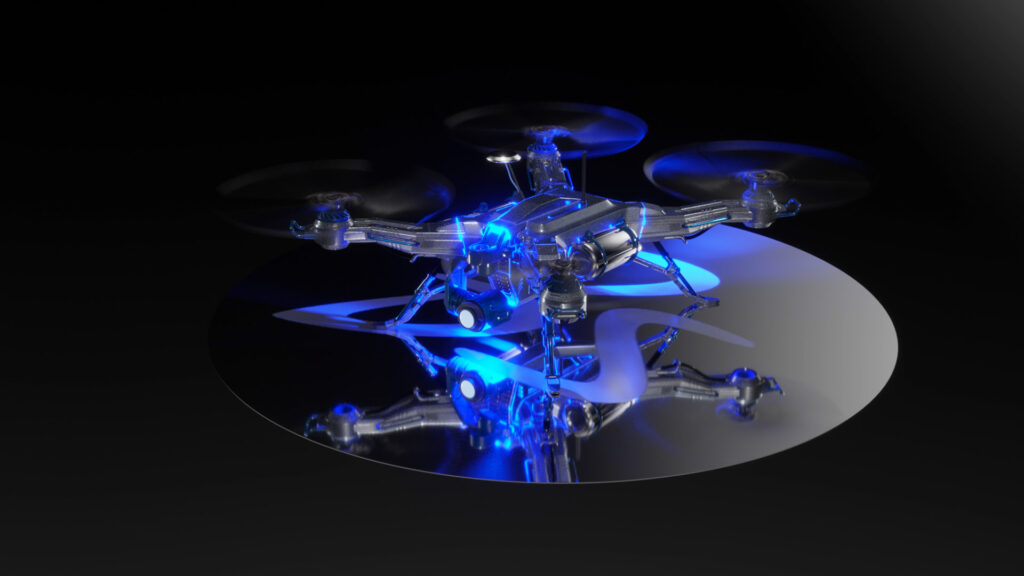
Products shipping Stellar Physically Correct
Stellar Physically Correct is a rendering library powering various products from Dassault Systèmes.
3DEXCITE DELTAGEN
3DEXCITE DELTAGEN offers one robust and highly-automated visualization pipeline optimizing CAD product data for all your marketing content needs. Convert, prepare, optimize, render, and export data to the 3DEXPERIENCE® platform or any post-production or content development environment.
3DEXPERIENCE platform
The 3DEXPERIENCE® platform is a business and innovation platform that provides organizations with a holistic, real-time vision of their business activity and ecosystem. It connects people, ideas, data and solutions in a single, collaborative environment, empowering business – from startups to large enterprises – to innovate, produce and trade in entirely new ways.
The platform acts as a single version of the truth to anchor outcome-based processes and capture all activities in one place. It securely connects individuals, teams, departments and external collaborators, who are working together to transform ideas into innovative products, services and experiences.
Within the 3DEXPERIENCE platform, many roles offer Stellar Physically Correct, some of which are:
- Native: Marketing Experience Creator, Marketing Model Creator, Marketing Production Artist, Visual Experience Designer, Appearance & Rendering Designer, Color & Trim Designer, Distributed Live Rendering, Product Design Presenter, Simulation Results Analyst
- Web: Marketing Innovator, 3D Render, Product Communicator
HomeByMe
HomeByMe is an online 3D space planning service developed by Dassault Systèmes SE. Both easy and intuitive, HomeByMe allows the user to create floor plans in 2D and furnish homes in 3D, while expressing individual decoration style. Projects can be enhanced with high definition images, visualizing it as in real life.
Solidworks Visualize
SOLIDWORKS® Visualize allows the user to leverage their 3D CAD data to create photo-quality content in the fastest and easiest way they can – from images to animations, interactive web content, and immersive Virtual Reality. Bring your products to life. SOLIDWORKS Visualize is the “camera” for CAD data!
